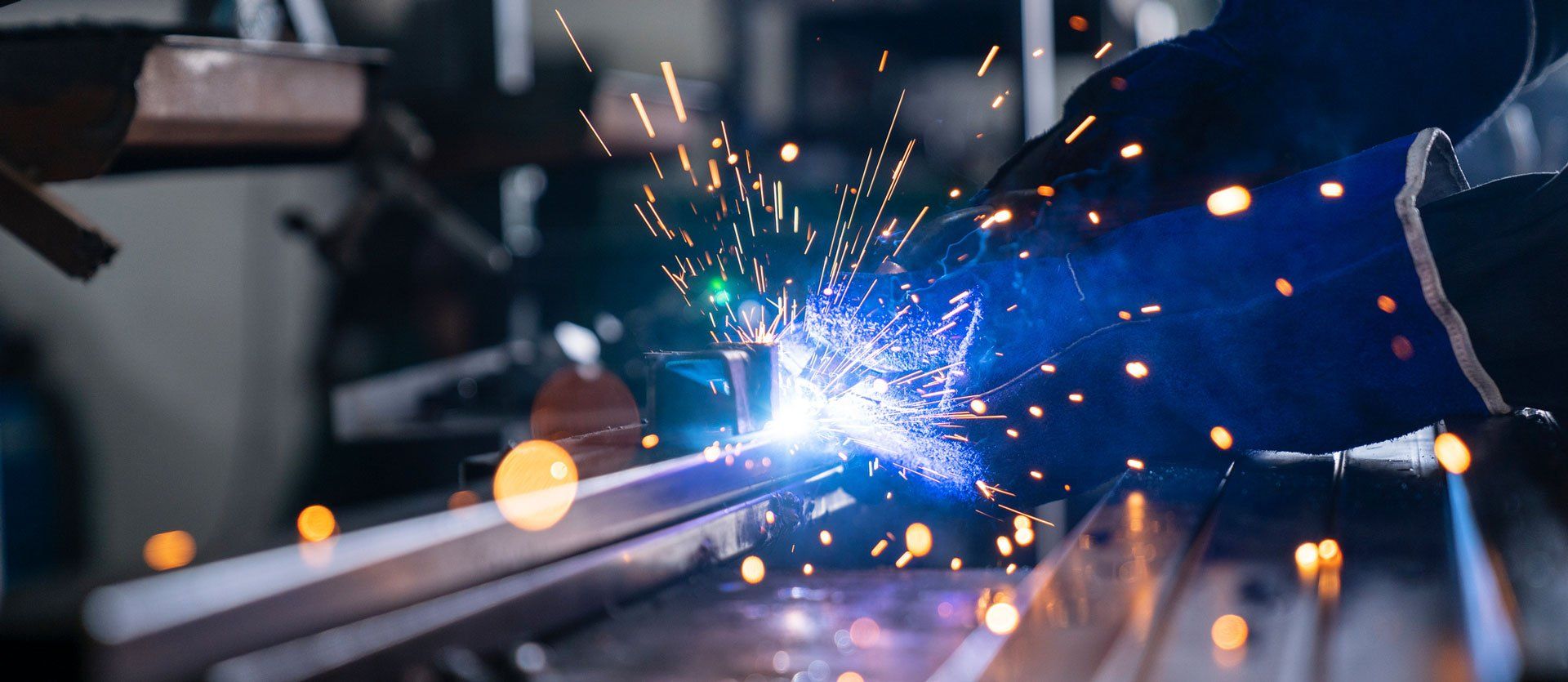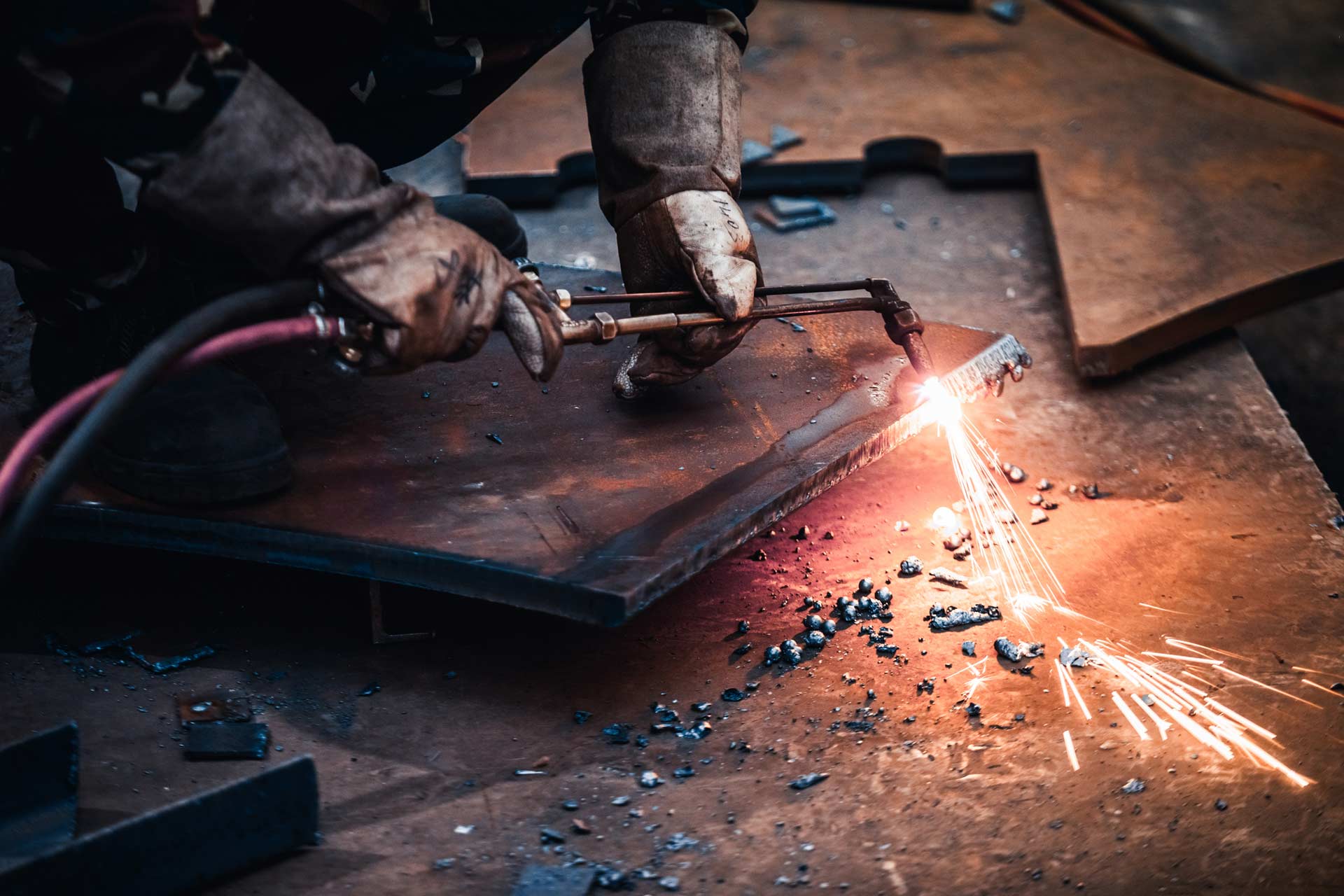Call Us Now!
Address: 837 S Kraemer Blvd. Placentia, CA 92870
Big Enough to Serve You & Small Enough to Know You.
Ferrous and Non-Ferrous Metal: What You Need to Know

If you are a metal novice and you need to complete a metal fabrication project, you need to choose the correct type of metal. Different metal types have different properties to them, which makes certain metals better for some projects than others.
Two types of metals exist: non-ferrous and ferrous metals. Within each category sits a variety of metals with their own distinct properties that make them ideal for certain projects. Knowing about both ferrous metals and non-ferrous metals is crucial. Discover what you need to know.
What Are Ferrous Metals?
Ferrous metals have iron. Ferrous metals often are magnetic and are primarily known for strength. These metals are for projects that require durability and are common in industrial and architectural projects. Ferrous metals help make engines, appliances, bridges, cars, and railroads.
These metals have a higher carbon content. This means they are more prone to rust. The exception is stainless steel. Stainless steel contains chromium, which helps prevent rusting.
You have different ferrous metals to choose from. Stainless steel is one of the most durable ferrous metals. Stainless steel is rust- and corrosion-resistant and will last longer than other metals.
Wrought iron is another ferrous metal. Wrought iron has less carbon than other ferrous metals, which helps prevent oxidation and corrosion. This metal helps to make stair railings, chains, and barbed wire.
Cast iron is another ferrous metal with a higher carbon content. The higher carbon content means cast iron is stronger than other ferrous metals. However, cast iron can also be more brittle due to the lack of alloy in the metal. Cast iron is common for cookware, mining supplies, rods, and gears.
Carbon steel is a ferrous metal that is mostly iron. The other element that makes up carbon steel is carbon. These alloys are among the most commonly used of all ferrous metals. Carbon steel helps to build buildings and other structures, automotive parts, furniture, blades, tools, and even cookware.
What Are Non-Ferrous Metals?
Non-ferrous metals don’t have much, if any, iron. Non-ferrous metals have no magnetism. They are from within the earth and are sulfides and oxides. Non-ferrous metals also have some advantages.
The primary benefit non-ferrous metals have is that they are resistant to corrosion and rust. These metals have higher malleable properties, which makes fabricating perfect for projects which need to be a specific shape. Common applications of ferrous metals include roofing materials, pipes, plumbing components, and gutters.
Aluminum is a non-ferrous metal for projects that need to be lesser in weight. Aluminum is lightweight and not as strong as steel. However, aluminum will strengthen by adding alloy elements and heat. Aluminum helps to make airplane parts, rails, beams, and cookware.
Copper is a very malleable non-ferrous metal with a high level of conductivity. Copper is naturally occurring in the earth. This non-ferrous metal help to make bearings, roofing materials, tubing, and statues.
Gold is a highly recognizable non-ferrous metal most common for jewelry, coins, colored glass, and tooth restoration. Gold is the most malleable metal and resists corrosion and most chemical reactions. Gold has electrical conductivity and can also help make computer components and infrared shields.
These are just a few examples of non-ferrous metals and ferrous metals. When you know the requirements of your project, you can better understand the reasons for the need for certain metals.
If you have a metal project or you have any questions, please contact us at Schorr Metals Inc. We look forward to helping you with your metal fabrication project needs. We are happy to go over anything related to metal you want to know.
Email Address: info@schorrmetals.com
Call Us Now!
Business Hours:
Monday 7:30 am - 4:45 pm
Tuesday 7:30 am - 4:45 pm
Wednesday 7:30 am - 4:45 pm
Thursday 7:30 am - 4:45 pm
Friday 7:30 am - 4:45 pm
Saturday 7:30 am - 11:45 am
Licensed, Bonded & Insured




Address: 837 S Kraemer Blvd. Placentia, CA 92870
We Serve: Orange County, Los Angeles County, Riverside County, San Bernardino County in CA




